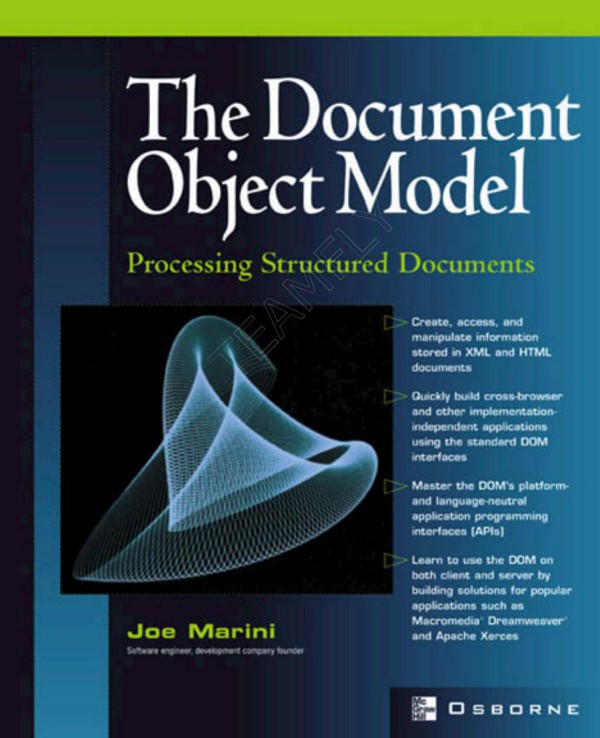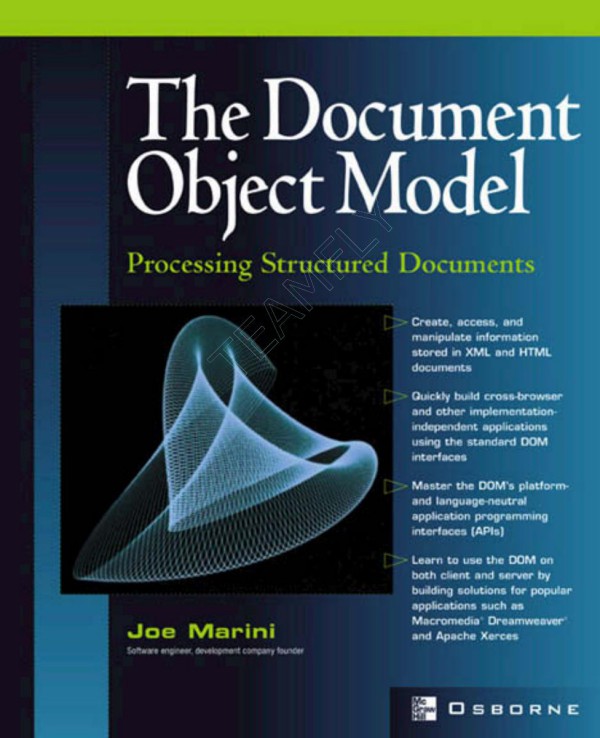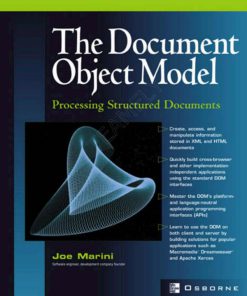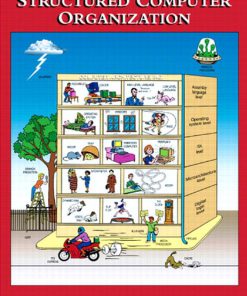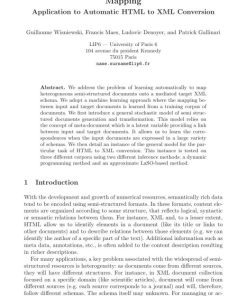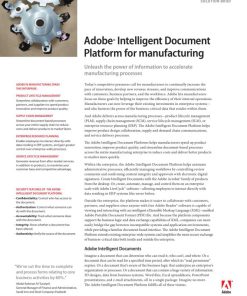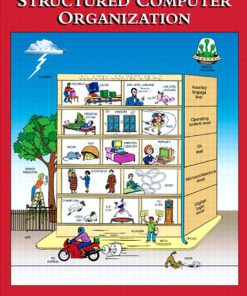Document Object Model Processing Structured Documents 1st edition by Joe Marini ISBN 0072224363 978-0072224368
Original price was: $50.00.$25.00Current price is: $25.00.
Authors:Joe Marini , Series:Computer Science [51] , Tags:Computers; Programming; General; Languages; Html; Internet; Web Design , Author sort:Marini, Joe , Ids:9780072224368 , Languages:Languages:eng , Published:Published:Jul 2002 , Publisher:Mcgraw-hill , Comments:Comments:Document Object Model Analogy: In many ways, the Document Object Model (DOM) can be compared to the schematic of a house. A house’s schematic details the relation and placement of objects within a house. For instance, within a schematic, you are able to understand the relationship of the sink to the wall, as well as the corresponding plumbing. In other words, the schematic defines the relationship of one object to another and often, illustrates the rules by which they are governed. HTML and XML documents are also composed of objects, and although these objects may not be physical, like a sink, their organisation and interaction is still coordinated by a set of rules. In this case, the DOM acts as a foundation for the placement and interaction of objects within a document. Whether the object is a table, a piece of information, or a script, the DOM specifies a model for the interaction of these objects. For developers, a thorough understanding of these relationships is paramount, and often, it forms the basis for a system’s development.

